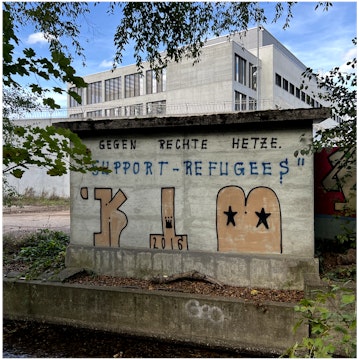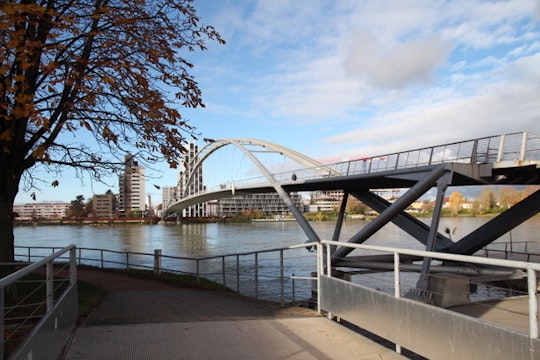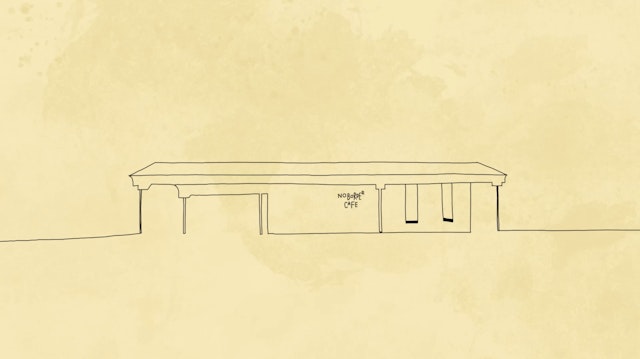Invisible Lines
In a state of movement, the interplay between the micro (individual - familial) and macro (national - global) scales define intersectional spaces of belonging
In a state of movement, the interplay between the micro (individual - familial) and macro (national - global) scales define intersectional spaces of belonging
It is especially true within a cross-border context, where boundaries, borders, and edges often go unnoticed but hold immense significance for the people who get to transcend them.
There are multiple ways to experience them, spanning from the abstract to the embodied. For some, the borders are just abstract lines, concepts that offer the economic advantages of better wages, lower prices of goods and services, or extended leisure offers.
Other lines are long-stretched within transnational archipelagos of residence, where for reasons of work, studies, personal relationships, etc. living “at” and “between” at least two locations is separated by an international border, in other words “multilocal living” (according to researcher Duchêne-Lacroix).
In this case, the necessity of being recognized as an individual fulfilling a particular social role, of maintaining personal and familial relationships and up-to-date information related to all the localities requires the repeated overcoming of boundaries and tracing of lines, back and forth. This can lead to confusion and fatigue in regards to the multiple residency places and a loss of anchors. The person is always absent from one of them.
Yet for others, asylum seekers and refugees, the lines can become embodied, like physical and psychological traces of the struggles and trauma of having to flee from natural disasters, conflict zones, persecution or economic precarity.
Lines create connections but also fragmentation and displacement, both outwardly and inwardly. With the animation of lines created from the map of the river Rhein, from its spring in the south east of Switzerland to its delta in the North Sea, resonating to the deep frequency recording of the abandoned iron railtrack bridge over the river Wiese (tributary to the Rhein) in the Lange Erlen, we wanted to recreate the feelings of disembodiment and uprootedness felt by human beings who experience lines, crossings and interstitial spaces in an acute, repeated and profound way.








